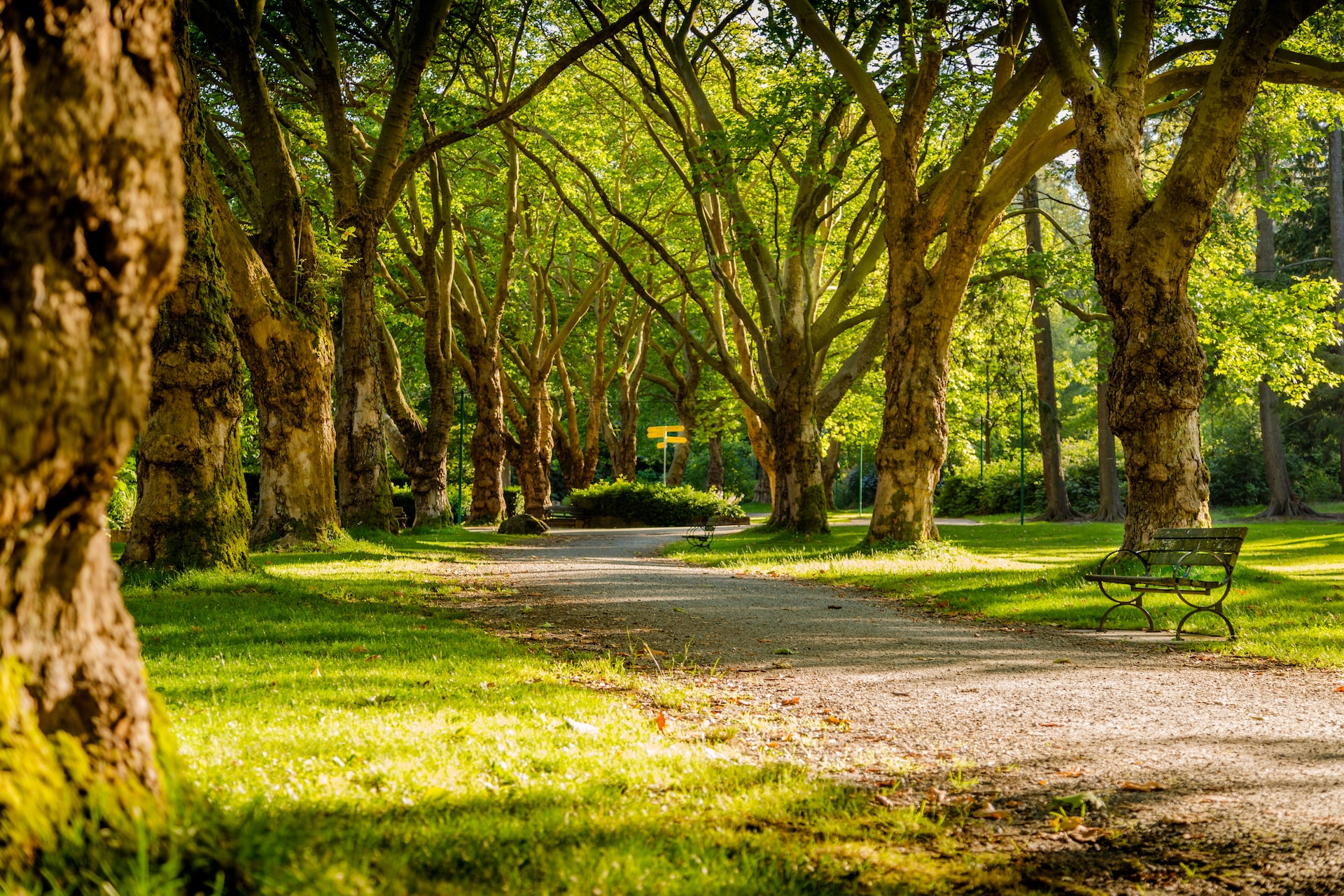Media release
From:
Urban planners often rely on the principle that a single large park should contain more species than several small parks of the same total area. We test the quality of this principle for birds in 475 parks in 21 US cities. Collections of small parks were a reliable source of species richness driven by higher species turnover and a greater prevalence of rare species. Collections of both small and large parks supported higher phylogenetic and functional diversity. Our findings emphasize the need for city specific prioritization strategies where multiple measures of bird diversity are examined across parks and seasons.



 International
International



